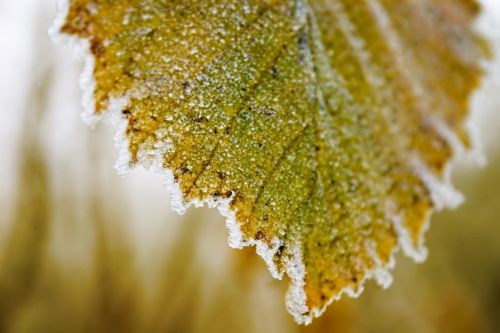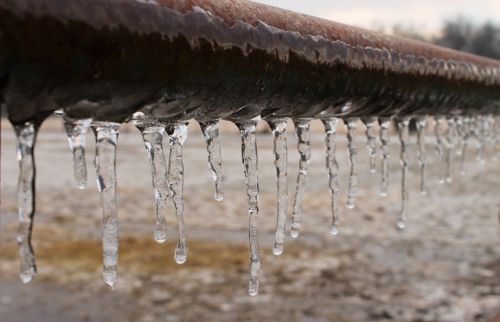Prevent Burst Pipes This Winter
Take a look at our top tips and prepare your pipes for winter now…
1. Fix leaks now
It can be tempting to postpone maintenance work, but a delay invariably leads to bigger problems. You won’t want to be without heating, hot water or functioning drains this winter, so take action now and resolve those niggly problems before it’s too late.
2. Check your gutters
When your gutters are working well, you probably don’t give them a second thought. If they start to malfunction, however, your gutters will become a permanent fixture in your mind. Gutters can block at any time of the year but it’s particularly common in autumn and winter. With more leaves and debris around, it doesn’t take much for a blockage to occur.
When this happens, water can’t drain effectively through your pipes. As a result, it can pool around the guttering or on your roof. Of course, standing water on your roof or fascias is a recipe for disaster.
Clear your gutters now to ensure they’ll be fully functional all through winter. Examine the guttering and pipework for cracks and warps as you do, and you’ll know whether a quick repair or replacement is needed.
3. Clear outside drains
To keep your drains working well, you need to be careful what you put down them. Putting oil, grease or fat down sinks is a leading cause of blocked drains, for example. However, it isn’t just the drains inside your home you need to think about.
The drains surrounding your property can easily become congested in the winter months. It’s not uncommon for leaves, twigs and branches to be swept into open drains, which invariably causes drainage issues.
Blocked drains can lead to unpleasant smells, flooding and even the spread of harmful bacteria. Removing debris from your outside drains on a regular basis is a quick and simple way to avoid blocked drains this winter.
4. Check the temperature
When the temperature drops, it’s not uncommon for pipes to become frozen. When this happens, you’re not going to be able to use them until they’ve thawed, which means you’ll be without running water and potentially heating too.
However, frozen pipes are more than just an inconvenience. When water freezes, it expands. If this happens inside your pipes, the additional pressure could cause them to crack or burst. If so, you’re going to have frozen pipes, flooding and burst pipes to deal with, so it’s well worth avoiding if you can!
Check the weather forecast regularly throughout the winter and, if temperatures are going to drop below 5°C, prepare to take action. This might mean leaving your heating on low all night to raise the temperature indoors, allowing water to slowly trickle from faucets so that it doesn’t have a chance to freeze or opening cupboard doors to allow warmer air to circulate around your pipework.

5. Disconnect hosepipes
Most properties will have an external tap to enable you to access water from outside. Often, this is situated to the rear or the side of the property and is used for filling watering cans or buckets and attaching hosepipes.
When you’re using the tap on a frequent basis, it’s tempting just to leave your equipment attached to the drain. However, this can cause problems during the wintertime. If you leave a hosepipe attached, for example, the remnants of water are going to freeze when the temperature gets colder. As it’s connected to your pipework, it will allow the cold air to enter the system and increase the risk of frozen and burst pipes indoors too.
To avoid problems, disconnect any hosepipes before the worst of the weather sets in and store them somewhere safe, ready for spring.
6. Insulate your pipes
Adding lagging to your pipework can be a cheap and easy way to prevent pipes from freezing. With pre-made lagging, you can simply cut to size and fit around your pipework in seconds, which makes it one of the easiest ways to prepare your property for winter.
Design to increase the insulation of your pipework, lagging can help to prevent freezing temperatures from causing malfunctioning or burst pipes. Furthermore, the added insulation will help to retain heat in hot water pipes, which can cut your energy usage and reduce your bills too.
7. Get specialist help to prevent burst drains
Preparing your property for winter isn’t always straightforward. If you’re unsure what you need to do or you simply don’t have time to do it, our technicians are just a phone call away.
If things do go awry this winter and you’re left with frozen pipes or blocked drains, there’s no need to panic. Our 24/7 emergency service means you can access the specialist help you need at any time of the night or day.
To find out more or to book an appointment now, contact FS Drainage today on 0800 689 3497.

